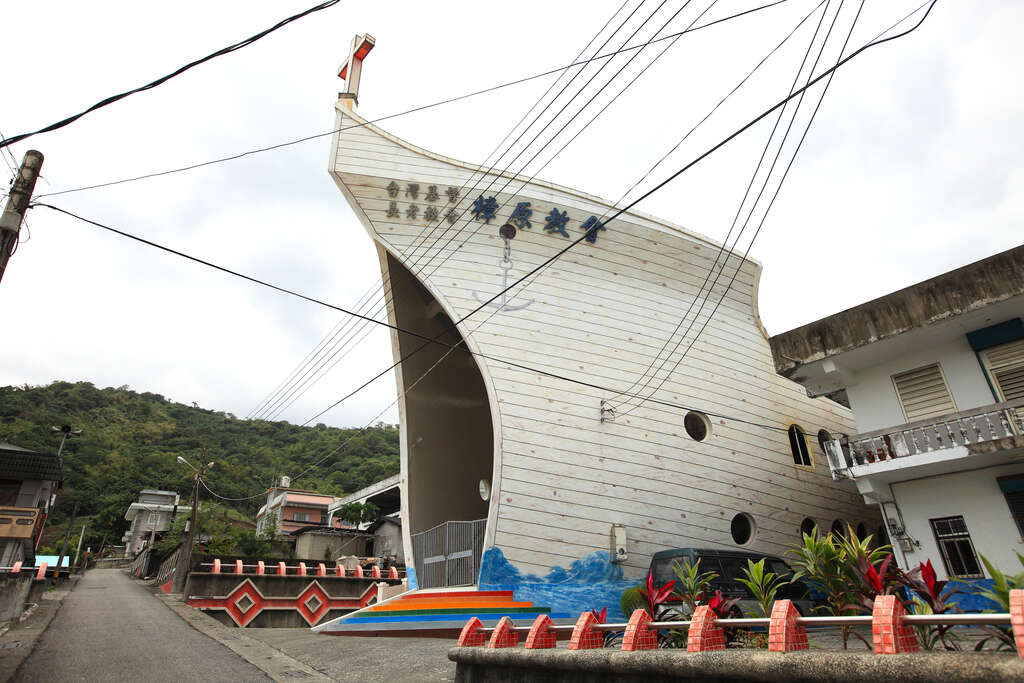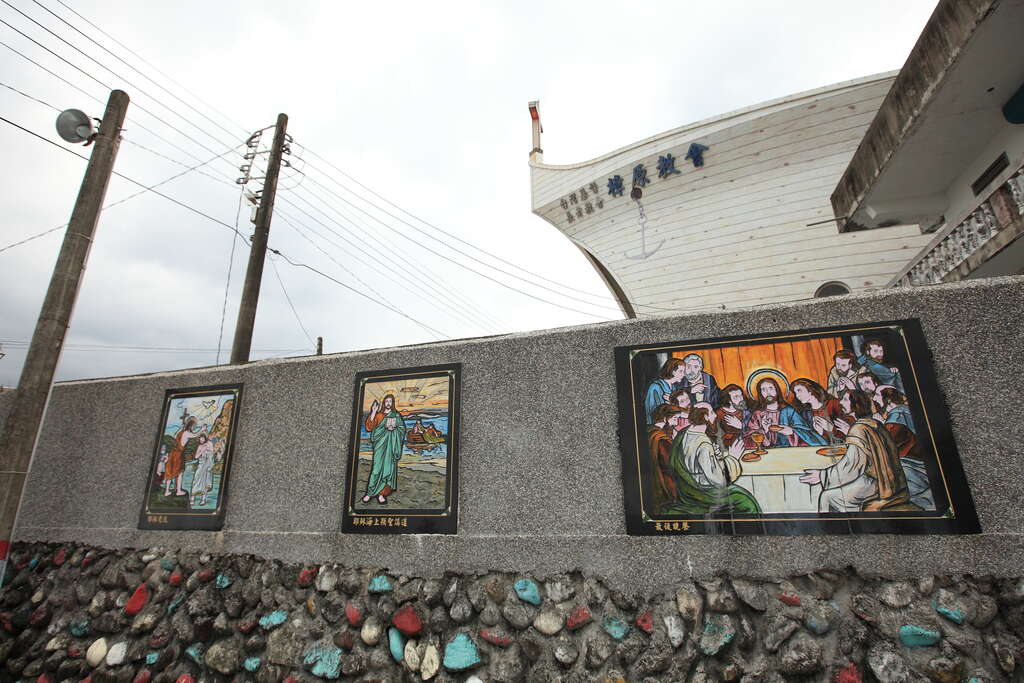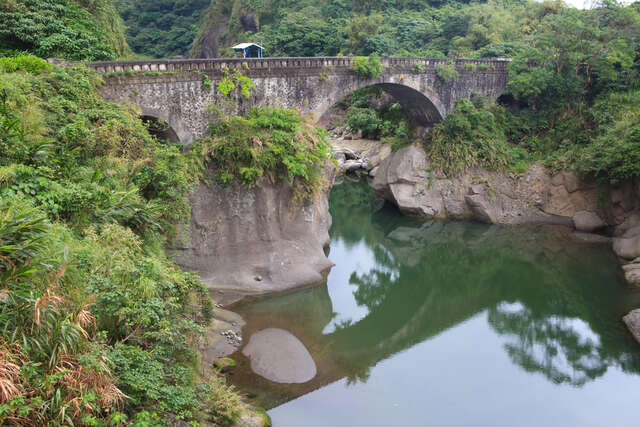Zhangyuan
Updated:2024-11-25
Popularity
2935Feature
- Nature and ecologyNature and ecologyWest of Zhangyuan Village there is a mountainous area in the Shuimuding Creek valley with vast primitive camphor forests. During the Taisho era of Japanese rule, the residents chopped down large number of trees to make camphor. It was an important place for camphor production during the Japanese rule of Taiwan. Below the bridge is the main water inlet of Changbin Canel, as well as the Shuimuding Creek Basin. Surrounded by old camphor trees, there are many kinds of boulders and fish ladders in the river. It is a great spot for observing animals and plants, learning about ecology, and trekking upstream. On the way upstream, you will find the towering high mountains and waterfalls cascading down. The charming scenery and clear spring water make it a great spot in summer.
- Geological environmentGeological environmentThe entire Shuimuding Creek valley has huge volcanic agglomerates containing many types of jade, such as purple jade, yellow jasper, and white chalcedony. Shuimuding Mountain is part of the Duluan mountain layers, which mainly consists of hard volcanic agglomerate rock. Many years of seawater erosion and formation created the cliffs. The large number of agglomerated rocks were formed during the eruption of submarine volcanoes millions of years ago. Together they form the magnificent riverscape of Shuimuding Creek.
Details
Zhangyuan is located at the northmost point of the East Coast in Taitung County, with the Pacific Ocean in the east, the East Coastal Range in the west, Baxian Cave in the south, and Changhong Bridge in the north. Surrounded by mountains and waters, the scenery is beautiful. Local residents are mostly Amis, and most of them work as farmers, maintenance workers, and fishermen. They lead a simple and hardworking lifestyle.

The most distinctive landmark of Zhangyuan Village is the Zhangyuan Presbyterian Church. The Amis tribes in Zhangyuan followed the spirit of Noah's building the Ark and raised funding through charity sales of wild vegetables and hand-caught frogs to design and build the church on their own. This church building is now known as the most beautiful "Noah's Ark" in Taiwan. The two sides of the building are surrounded by low walls, as if a ship is approaching Zhangyuan Harbor and about to dock, guarding local residents. The distinctive red brick tribal totem symbolizes the eternal spirit of the indigenous tribe.

In addition, Zhangyuan Bridges at the south end of Zhangyuan Village are three parallel bridges across Shuimuding Creek—the old, the middle, and the new. As the terrain varies, a unique landscape is formed. East Coast National Scenic Area Headquarters of Tourism Administration, MOTC also set up "Zhangyuan Bridge Rest Area" here. Tourists standing on the new bridge can admire the old cobbled bridge. The arched bridge spans across the valley, offering natural and unsophisticated scenery.

The most distinctive landmark of Zhangyuan Village is the Zhangyuan Presbyterian Church. The Amis tribes in Zhangyuan followed the spirit of Noah's building the Ark and raised funding through charity sales of wild vegetables and hand-caught frogs to design and build the church on their own. This church building is now known as the most beautiful "Noah's Ark" in Taiwan. The two sides of the building are surrounded by low walls, as if a ship is approaching Zhangyuan Harbor and about to dock, guarding local residents. The distinctive red brick tribal totem symbolizes the eternal spirit of the indigenous tribe.

In addition, Zhangyuan Bridges at the south end of Zhangyuan Village are three parallel bridges across Shuimuding Creek—the old, the middle, and the new. As the terrain varies, a unique landscape is formed. East Coast National Scenic Area Headquarters of Tourism Administration, MOTC also set up "Zhangyuan Bridge Rest Area" here. Tourists standing on the new bridge can admire the old cobbled bridge. The arched bridge spans across the valley, offering natural and unsophisticated scenery.
Information
TEL
089-881263
Open Time
/Open 24/7
Ticket
Free
Facilities
- Dining
- Stay
- Gas Station
- Parking lot
- View Point
- Bus station
How to Get There
Choose a transportation method based on your departure location. Remind
1. Zhangyuan Presbyterian Church is not open to public on weekdays and only open during the Sunday service hours. If you would like to participate, please call 089-881031.
2. When entering the valley or doing river trekking, please always do so with a companion to avoid being trapped and unable to escape in the event of an accident.
3. The Pakelang Houseboat was built by the four Hawang brothers of the Amis tribe. The building merges with the sea and the landscape. It is worth a visit.
2. When entering the valley or doing river trekking, please always do so with a companion to avoid being trapped and unable to escape in the event of an accident.
3. The Pakelang Houseboat was built by the four Hawang brothers of the Amis tribe. The building merges with the sea and the landscape. It is worth a visit.


